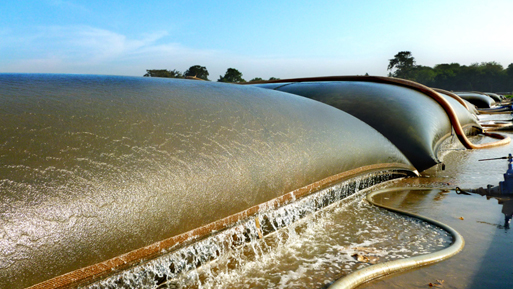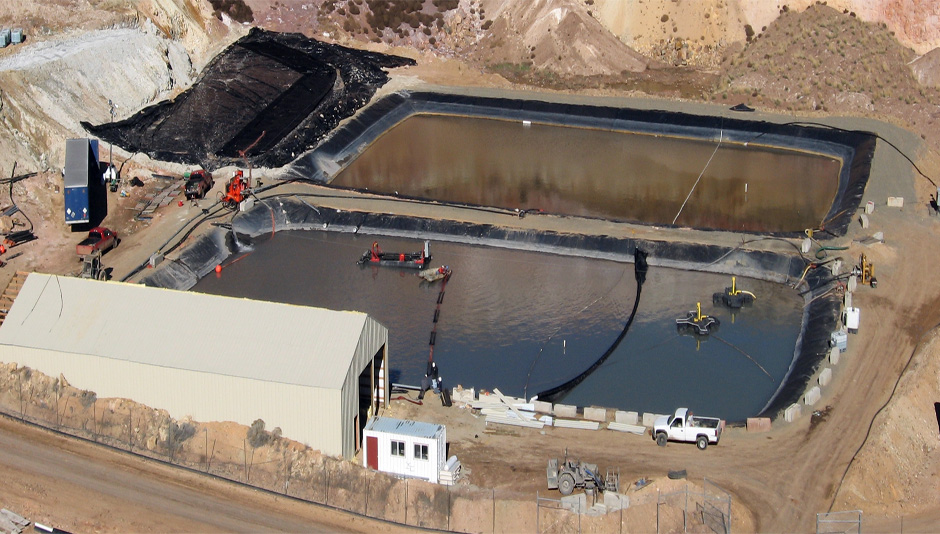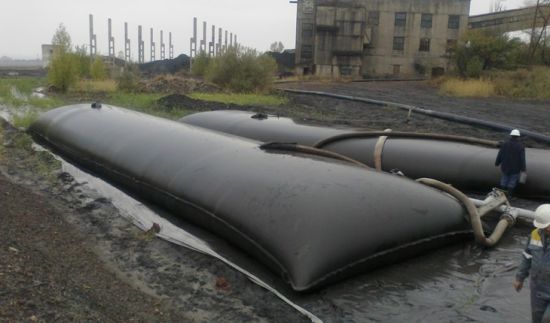The dewatering process is a crucial one for wastewater minimization. It helps with the conversion of liquid waste into solid waste for easy disposal. For more efficiency, using dewatering bags comes in handy, thanks to the benefits that it brings about. Some of the top reasons for using the tubes, therefore, can include the following.
- Efficiency
One of the top reasons for using dewatering bags is their efficiency. Not only do you get help from the force of gravity by expediting the dewatering process, but also pumps and multiple fill spouts may also come in handy and be used in tandem for efficient cleanup.

- They are affordable
Apart from saving money on labor costs and unnecessary packaging, the use of geotextile tubes helps save more on disposal costs and other fees. For example, it can be expensive to dispose of wet waste if the right processes are not in place. Through dewatering, though, the costs significantly drop.
- Environmentally friendly
In comparison to other dewatering systems such as belt press systems and centrifuge, dewatering bags have fewer to no environmental effects. They neither require you to use extra water nor rely on gas-powered machinery. In addition, the discharged water can be channeled directly into local water storm drains and streams, while the waste can be repurposed to clear any hazardous materials.
- Come in different sizes
Depending on the need, dewatering bags come in varied sizes. Better yet, they can be customized to fit your sizing needs.



